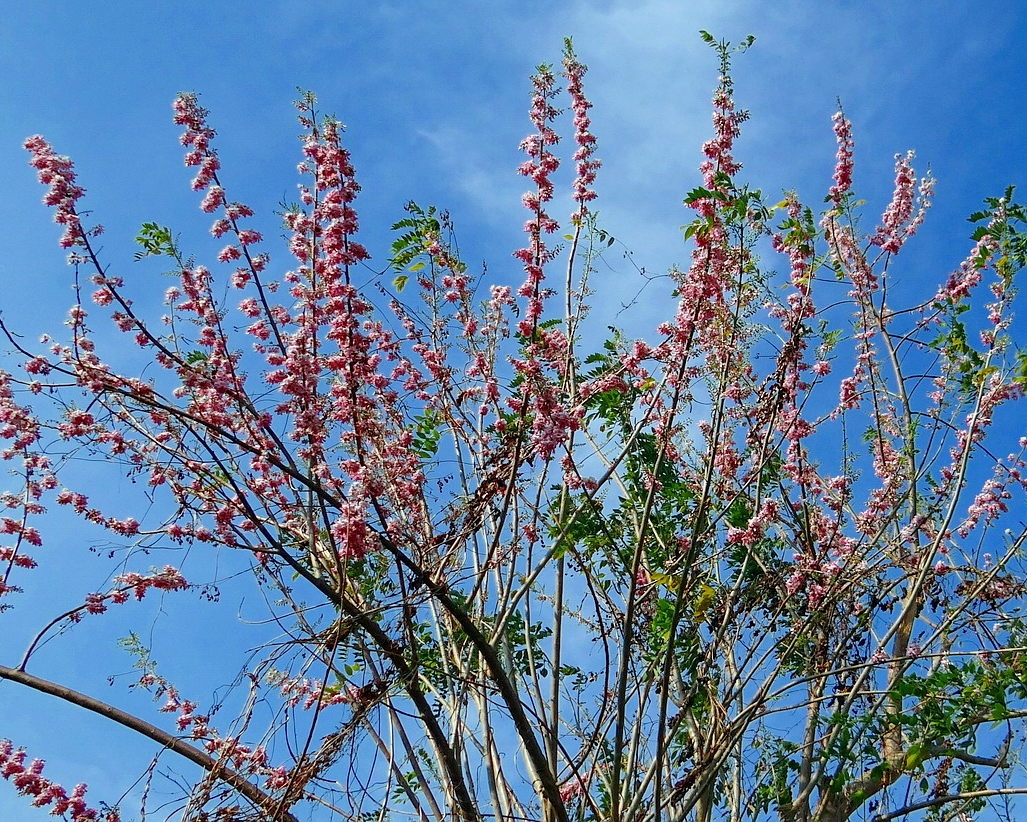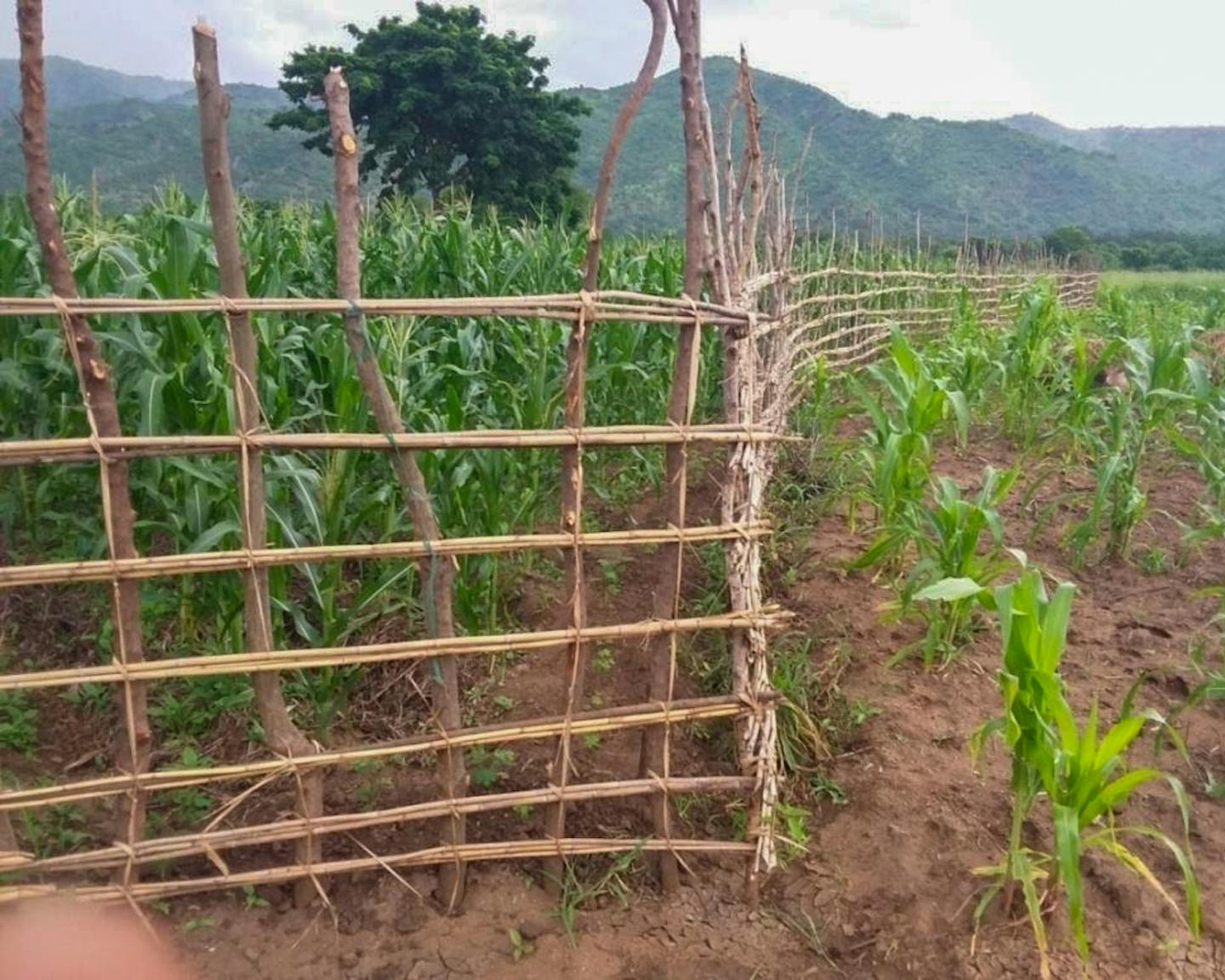Case study 9: dispersed shade with gliricidia
- Regenerative Agriculture
- Regenerative Croplands
- Smallholder Farming
- Sub-Equatorial Afrotropics
- Afrotropics Realm
In southern Malawi, however, one of these programs will continue working until it actually becomes dangerous to work with groups of farmers, and even then, the farmers themselves will carry on much of the work of spreading the technology. After all, gliricidia grows a good deal taller than tephrosia, so people who live kilometers away often realize that some other farmers are purposely violating the principle, widely believed in much of Africa, that maize always suffers when growing under a tree.
Catholic Relief Services (CRS) began working with green manure/cover crops (gm/ccs) in this area back in the mid 2010s. Working with me during several consultancies, CRS found that gliricidia trees (Gliricidia sepium) were the most appropriate gm/cc here, and began spreading them among the farmers throughout the Program area. However, the CRS work ended prematurely because of a funding shortage, and two of its top leaders decided to establish a local NGO, Imagine Afrika (IA), to continue the work.
Dispersed shade is a traditional practice in many parts of the developing world, but rarely are mother of cacao, or gliricidia trees, used in this way. Yet these trees provide an impressive list of advantages: a) they grow very quickly, b) they can be propagated by seed, seedlings or cuttings, c) their flowers are edible and are commonly eaten in Honduras and El Salvador, where the tree is native, d) their leaves are one of the three or four best tree leaves in the world that we know of for fertilizing the soil and raising crop yields, e) the trees withstand heavy annual pruning, which one can do with a machete while standing on the ground, f) their leaves are an excellent dry season cattle feed, g) the wood can be used as firewood, h) the trees are very resistant to drought, even in their first year, and i) the bark is an excellent rodenticide (although, as with all rodenticides, it must be used with extreme caution).

Gliricidia. Creative Commons.
Gliricidia leaves are not, however, very palatable. We had always seen this as a serious disadvantage. But in areas of frequent droughts, it turns out to be a blessing in disguise. Some people who feel that gm/ccs would never work in areas of drought argue that farmers would always prefer to use the gm/cc biomass to feed their cattle rather than leave it on the soil. They are right—with just a few exceptions. Since gliricidia leaves don’t taste very good, once the rains come the cattle abandon them in favor of the tender new grass that is sprouting everywhere. By the time the crops need the organic matter—about a month after the rains have started—farmers are plenty happy to use all the newly sprouted gliricidia leaves to feed their soil.
Easily the most universally overlooked advantage of dispersed shade is that by lowering the ambient temperature by about 10˚ C., it creates an environment in which nitrogen burn-off (called “volatilization”) is no longer a real problem. This means that planting food legumes such as peanuts, cowpeas and mungbeans all over Africa could, for the first time in most tropical lowlands, contribute significantly to long-term soil fertility. Over the long haul, this advantage could well become the single most important benefit of dispersed shade systems in Africa.
The gliricidia has become so popular in southern Malawi that hundreds of farmers planted them for the first time this last year. Working voluntarily, each lead farmer taught an average of 15 other farmers, and some of their trainees taught 10 or 15 more. As a result, in addition to the trees planted along trails and roadsides and near people’s homes, over 20,000 gliricidia trees were planted in farmers’ fields—more than in all the previous four years combined. Most of these trees were planted as small-scale experiments, which will be greatly expanded in the coming years if farmers like the results. Farmer leaders were willing to do all this work voluntarily because they were so enthused by the advantages produced by the trees. As a result, the total cost to the program for all this work came to a total of less than $ 5,000.
Furthermore, farmers bought from the Program, at the standard commercial price, enough monkey thorn seed to plant approximately 100 km of monkey thorn fencing—enough to completely fence off 200 farms of the average size (1.5 ha) of smallholder farms in Africa.
If we can maintain anywhere near even half this level of multiplication of our efforts—and assuming that a) the coronavirus problem will pass soon, b) we can raise the money to expand our program as planned and c) we can work with other NGOs such as the FMNR movement—we will definitely be able to reach Better Soils’ target of ending hunger among 70% of sub-Saharan Africa’s farmers by the year 2045. Of course, the larger a program gets, the more difficult it becomes to maintain the level of enthusiasm that this Program now has, but this start is certainly encouraging.



